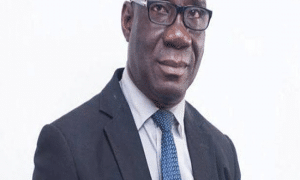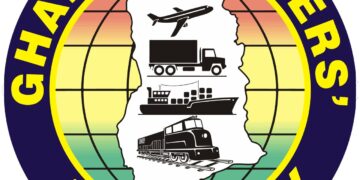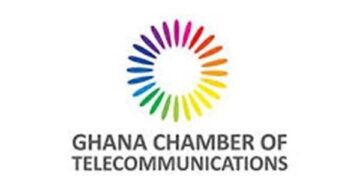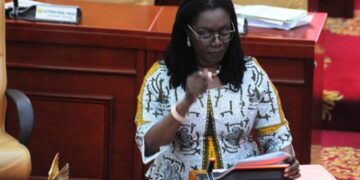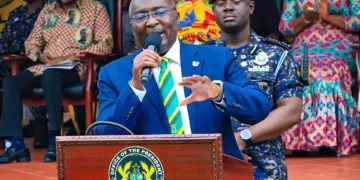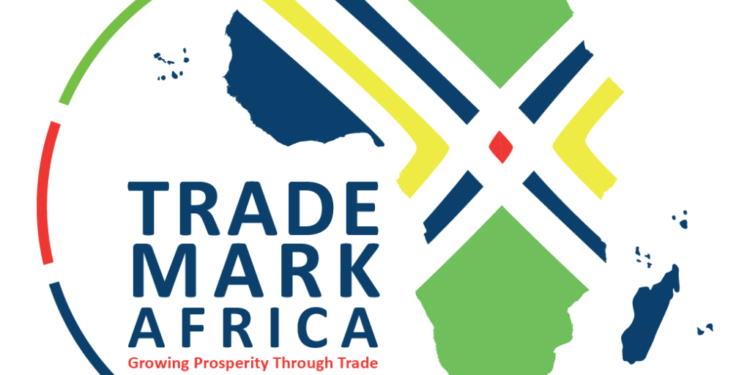TradeMark East Africa, one of the world’s leading Aid for Trade organizations, has rebranded as TradeMark Africa (TMA) and launched its West Africa operations at the same time.
TradeMark Africa, founded in Kenya in 2010, has expanded from its previous core operational area of East Africa and the Horn to now support countries in West and Southern Africa.
Kenya, Uganda, Tanzania, Rwanda, Burundi, the Democratic Republic of the Congo (DRC), South Sudan, Ethiopia, Somaliland, Djibouti, Malawi, Zambia, Mozambique, and Ghana now have a TradeMark Africa presence.
TradeMark Africa has invested over US$1.3 billion in East Africa and the Horn of Africa to reduce the time and costs of cross-border trade and to improve African businesses’ export competitiveness.
Among other things, this has reduced the time it takes for traders to cross borders – by 70% on average – and for businesses to receive certification – often from many days to a few hours. Its programs have contributed to a 16.5% reduction in the total time required to transport a container from Kenya’s Mombasa Port to Bujumbura, Burundi, via the Northern Corridor.
TradeMark Africa will assist the Secretariat of the African Continental Free Trade Area (AfCFTA), based in Accra, Ghana, in realizing its vision of integrating the US$3.4 trillion African market as part of the pivot to West Africa. TradeMark Africa will also collaborate with regional economic communities (RECs) like the Economic Community of West African States (ECOWAS) to promote regional economic integration and trade.
Furthermore, it will collaborate with Member States to ensure that governments and businesses take advantage of the opportunities presented by these shifts, particularly along the Lagos-Abidjan corridor. The successful implementation of the AfCFTA is expected to increase African income by US$450 billion by 2030.
At the same time, TradeMark Africa announced that its new strategy will focus on facilitating the development of digital and green trade corridors, positioning Africa as a partner of choice for global off-takers, and promoting inclusive trade that reduces poverty and ensures vulnerable groups are more integrated into trading systems.
TradeMark Africa’s Board Chairman, Erastus Mwencha said, “As a leading Aid-for-Trade (AfT) Programme, a continental approach gives TMA an important opportunity to expand its impactful programming progressively, while supporting the aspirations of AfCFTA to unleash the immense impact that free trade in high-value products, exists in Africa. Our key aim remains trade facilitation, just like we have always done in the last 12 years in the East and Horn of Africa region, where we were founded and have had great milestones in our programmes.”
TradeMark Africa’s chief executive officer, David Beer remarked, “We believe that combining a regional and national approach has always been part of our comparative advantage. With our expanded scope, we are excited now to harness the critical continental dimension to drive faster growth in trade volumes and to support linkages between regions.
“TMA’s focus on reducing the barriers to trade and improving business competitiveness will also be a core element of tackling the trade challenges of the future, as we pivot towards creating green trade corridors and enhancing regional food security.”
Over the last 12 years, TradeMark Africa has built and operationalized 15 One-Stop Border Posts (OSBPs) across East Africa, which have reduced the time required to cross select borders by up to 89% in some cases.
Furthermore, TradeMark Africa has supported the implementation of 60 Single Window Information for Trade (SWIFT) Systems in multiple Government agencies, reducing the time and cost of acquiring trade documents; designed the Regional Electronic Cargo Tracking System (RECTS) on East Africa’s Northern Corridor, which ensures cargo safety; and operationalised programs such as Standards, Sanitary and Phytosanitary (SPS), and Non-Tariff Barrier Reduction (NTBs). It has also assisted over 200,000 women cross-border traders as well as small and medium-sized businesses.



